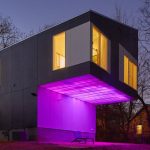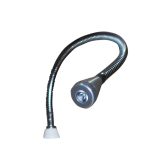Troubleshooting LED Light Bulbs: Why Do They Keep Blowing?
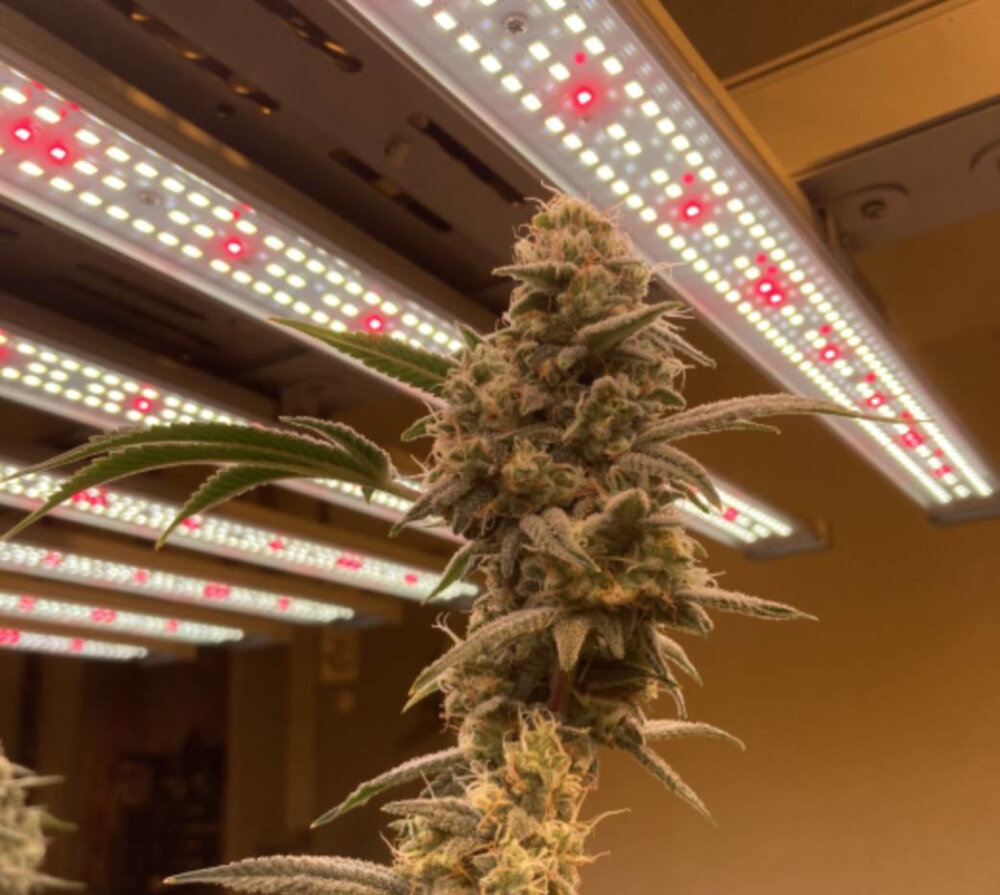
LED light bulbs have become increasingly popular in recent years due to their energy efficiency and durability. However, despite their many benefits, LED bulbs are not immune to issues. One of the most common problems experienced by LED bulb users is the frequent blowing of bulbs. This issue can be frustrating and costly, especially for those who have invested in high-quality LED bulbs. In this article, we will explore some of the reasons why LED bulbs keep blowing and provide troubleshooting tips to help you address the issue. LED bulbs are designed to last for many years and are expected to provide reliable and long-lasting lighting. However, there are several reasons why they may fail prematurely. One of the most common causes of LED bulb failure is voltage fluctuations. LED bulbs are sensitive to voltage changes, and if the voltage is too high or too low, it can cause the bulb to fail. Another common cause of LED bulb failure is heat. LED bulbs generate heat, and if they are not designed to dissipate it efficiently, it can cause the bulb to overheat and fail. Other factors that can contribute to LED bulb failure include poor quality manufacturing, incorrect wiring, and environmental factors such as moisture and dust. In the following sections, we will delve deeper into these issues and provide tips on how to troubleshoot them.
LED light bulbs are a type of lighting source that use light-emitting diodes to produce light. Unlike traditional incandescent bulbs, LED bulbs do not use a filament to produce light. Instead, they use a semiconductor material that emits light when an electric current is passed through it. LED bulbs offer several benefits over traditional bulbs, including greater energy efficiency, longer lifespan, and lower maintenance costs. LED bulbs are also available in a variety of colors and can be dimmed, making them a versatile option for a range of lighting needs. Despite their many advantages, LED bulbs can still experience issues such as blowing out due to overheating or power surges.
LED light bulbs have become popular for their energy efficiency, long lifespan, and eco-friendliness. However, some users have reported an issue of these bulbs blowing out frequently, which can be frustrating and costly. The most common reason for this problem is voltage fluctuations, which can occur due to electrical surges, faulty wiring, or incompatible dimmer switches. Additionally, using LED bulbs in enclosed fixtures or in high-temperature environments can cause them to overheat and fail prematurely. To troubleshoot this issue, it is important to check the voltage levels, wiring, and compatibility of the dimmer switches. It is also recommended to use LED bulbs that are compatible with enclosed fixtures and have a high-temperature rating to avoid overheating.
Incorrect Voltage
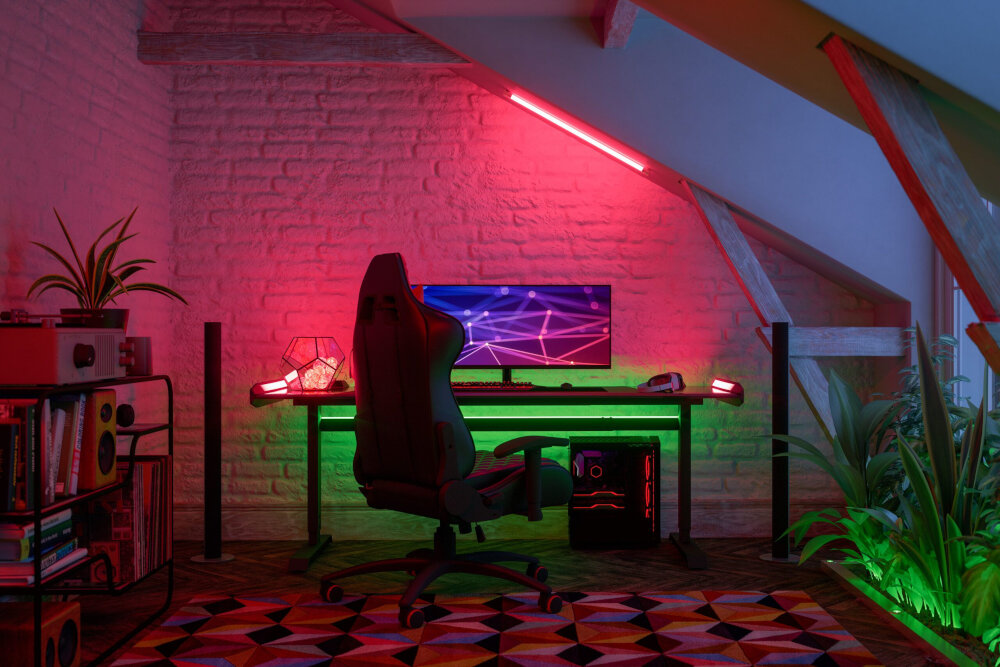
Incorrect voltage is one of the most common issues that can cause LED light bulbs to keep blowing. LED bulbs are designed to operate at a specific voltage, and if they are exposed to a voltage that is too high or too low, they may not function properly. When an LED bulb is exposed to a voltage that is too high, it can cause the internal components of the bulb to overheat, leading to premature failure. Conversely, when the voltage is too low, the bulb may not receive enough power to function correctly, resulting in flickering or dimming. There are several reasons why incorrect voltage can occur. One of the most common reasons is that the wiring in the electrical system may be faulty or outdated. In some cases, the electrical system may not be able to supply the correct voltage to the LED bulbs, which can lead to premature failure. Additionally, incorrect voltage can occur if the bulbs are connected to a dimmer switch that is not designed to work with LED bulbs. In this case, the dimmer switch may not be able to provide the correct voltage to the bulbs, leading to flickering or complete failure.
Voltage plays a crucial role in LED light bulbs’ functionality and longevity. LED bulbs are designed to operate within a specific voltage range and will fail if the voltage exceeds or falls below this range. If voltage is too high, it can cause the LED to overheat and shorten its lifespan, resulting in a blown bulb. On the other hand, low voltage would result in the bulb not working correctly, causing it to dim or flicker. It is important to ensure that your LED bulbs are compatible with your electrical system, and the voltage supplied is within the recommended range to prevent any damage and ensure optimal performance.
If your LED light bulbs keep blowing, it is important to determine if the voltage is the issue. One way to do this is by using a multimeter to measure the voltage at the socket. If the voltage is higher than the recommended range for the LED bulb, it can cause the bulb to blow. Additionally, voltage fluctuations can also cause damage to the bulb. To prevent voltage issues, it is recommended to use a voltage regulator or stabilizer. If the voltage is not the issue, it may be due to other factors such as the quality of the bulb or the fixture itself.
Voltage issues are one of the most common causes of LED light bulb failures. To correct voltage issues, one can use a voltage regulator, which helps to stabilize the voltage and regulate the current flow. Another solution is to use an LED driver, which is specifically designed for LED lighting and provides a constant current to the bulbs. Additionally, using a surge protector can protect the bulbs from voltage spikes and surges. It is important to note that voltage issues can also be caused by faulty wiring or circuitry, so it is recommended to consult a professional electrician for a thorough inspection and repair if necessary. By implementing these solutions, one can ensure that their LED light bulbs operate efficiently and have a longer lifespan.
Overheating
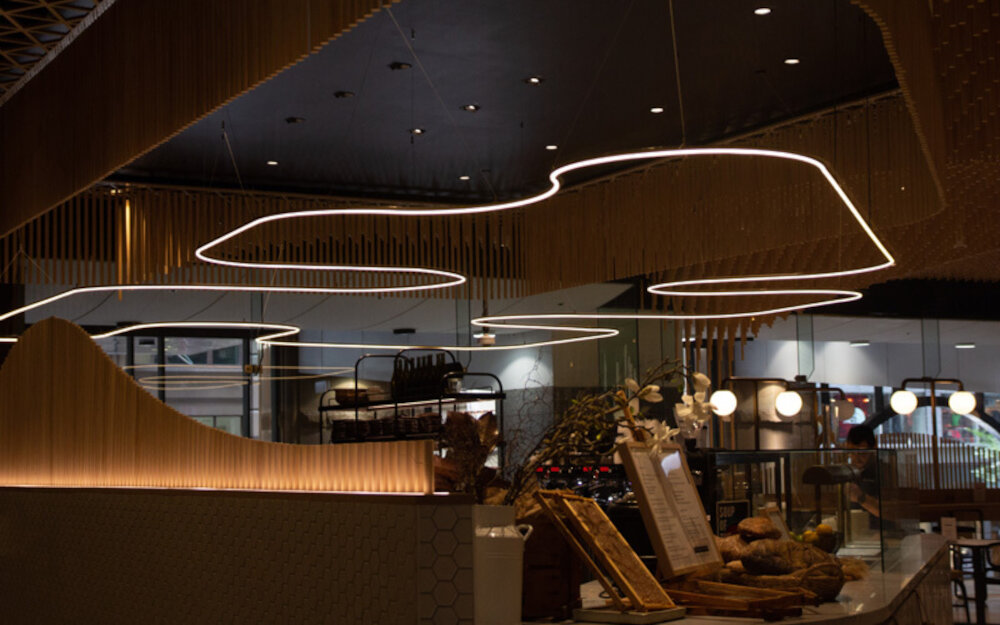
Overheating is a common issue that many LED light bulbs face, which can cause them to blow out prematurely. One of the main reasons for overheating is poor ventilation in the light fixture, which leads to a buildup of heat around the bulb. This heat can cause the bulb’s components to degrade and fail over time, leading to a shortened lifespan. To avoid this issue, it’s important to ensure that the light fixture has adequate ventilation and isn’t obstructed by any objects or debris that could impede airflow. Additionally, it’s important to choose LED bulbs with a low wattage rating, as higher wattage bulbs are more likely to generate excess heat. Another cause of overheating in LED light bulbs is a faulty driver, which is responsible for regulating the current and voltage supplied to the bulb. If the driver is malfunctioning, it can cause the bulb to receive too much power, leading to overheating and premature failure. To diagnose this issue, it’s important to check the driver and ensure that it’s functioning properly. If it’s not, it may need to be replaced by a professional electrician. Additionally, it’s important to choose high-quality LED bulbs with reliable drivers to minimize the risk of this issue occurring.
Overheating is a common issue that can negatively affect LED light bulbs. When an LED bulb overheats, it can cause the internal components to degrade and reduce its lifespan. LED bulbs operate by converting electrical energy into light energy, but a portion of that energy is transformed into heat energy. If the heat generated by the LED bulb is not properly dissipated, it can cause the temperature inside the bulb to rise, leading to overheating. This can be caused by a variety of factors such as poor ventilation, high ambient temperatures, or incorrect installation. Overheating can cause the LED bulb to flicker, dim, or even fail altogether. To prevent overheating, it is essential to ensure that the bulb is installed correctly, and that it is not being used in an environment that is too hot for it to operate efficiently.
If you are experiencing issues with LED light bulbs blowing out frequently, overheating could be the culprit. Fortunately, there are several ways to determine if overheating is the issue. Firstly, you can check the wattage of the LED bulb and compare it with the recommended wattage for the fixture. If the bulb is higher than the recommended wattage, it could be overheating. Additionally, you can check the temperature around the fixture and see if it feels excessively hot to the touch. Another way to determine if overheating is the issue is to inspect the bulb itself for signs of discoloration or damage. If any of these signs are present, it is likely that the bulb is overheating and needs to be replaced with a lower wattage bulb or a bulb that is better suited for the fixture.
Overheating is a common issue with LED light bulbs, but there are several solutions to prevent this problem. First, ensure that the bulb is compatible with the fixture and dimmer switch. Using a bulb with the wrong wattage can cause overheating. Additionally, make sure that the fixture has proper ventilation and is not enclosed, which can trap heat. If the fixture is enclosed, consider using a heat sink or fan to dissipate heat. Finally, avoid installing too many bulbs in one fixture, as this can also cause overheating. By implementing these solutions, you can prevent your LED light bulbs from blowing due to overheating.
Poor Quality Bulbs
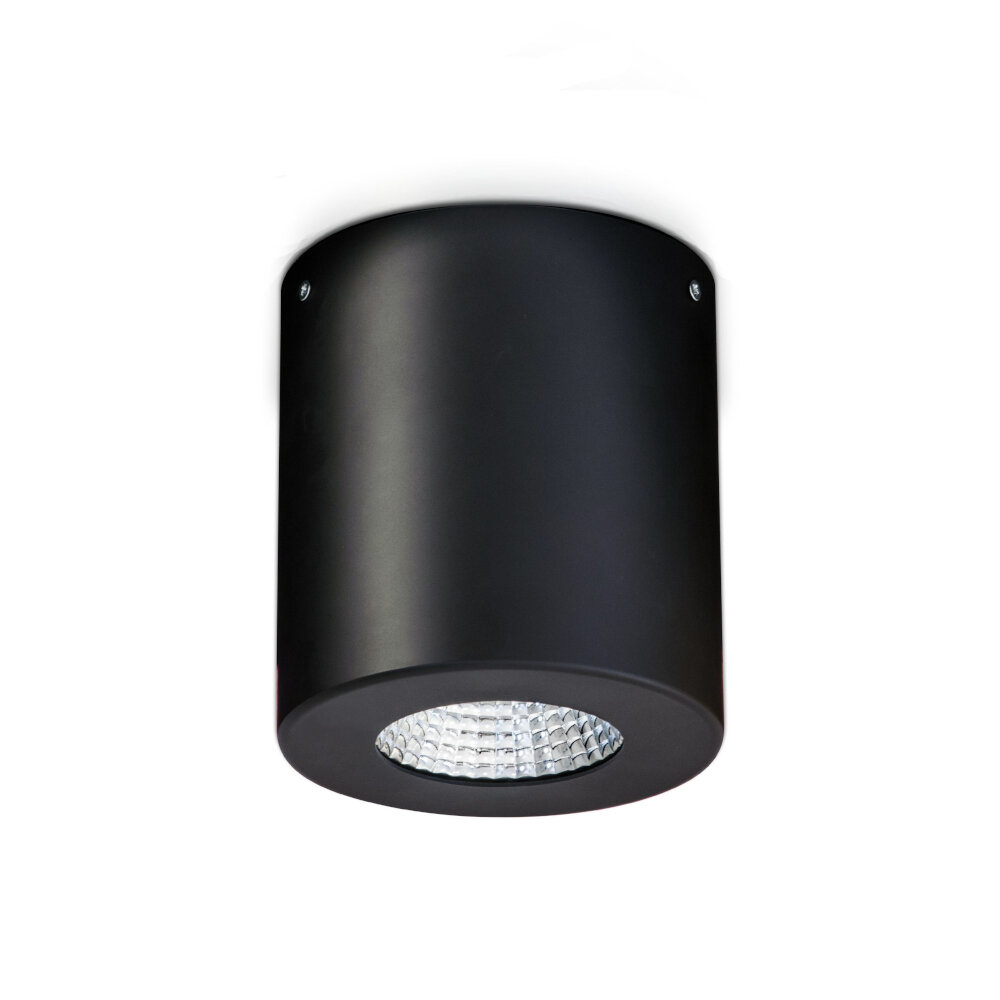
Poor quality bulbs are a common issue that affects the performance of LED light bulbs. These bulbs are often manufactured using low-quality components and materials, making them prone to failure and early burnout. When you invest in cheaper bulbs, you may end up with products that have a shorter lifespan and are less energy-efficient. Additionally, low-quality bulbs can cause flickering or buzzing, which can be annoying and even harmful to your health. Flickering can lead to headaches, eye strain, and even seizures in some individuals. Moreover, poorly made bulbs can be a fire hazard, especially when they are placed in enclosed fixtures or used for extended periods. Therefore, it is essential to choose high-quality LED bulbs from reputable manufacturers to ensure optimal performance and safety.
It is crucial to understand that poor quality bulbs can have a significant impact on LED light bulbs. The primary reason for this is that LED bulbs are incredibly sensitive to voltage fluctuations, which can cause them to fail prematurely. When poor quality bulbs are used in conjunction with LED bulbs, they can create voltage spikes that are harmful to the LED bulb’s internal components. Additionally, poor quality bulbs can cause electrical noise, which can interfere with the LED bulb’s electronics, leading to flickering or other issues. It is essential to invest in high-quality bulbs and ensure that they are compatible with your LED bulbs to avoid any potential problems.
If your LED light bulbs keep blowing, it is essential to determine if poor quality bulbs are the issue. One way to identify this is by checking the brand or manufacturer of the bulbs. Cheap or unknown brands may sell low-quality bulbs that are prone to blowing. Another way is to inspect the bulbs physically. Poor quality bulbs may have visible defects like cracks, loose connections or discoloration. Additionally, if the bulbs are producing inconsistent or flickering light, this could also indicate poor quality. It is important to invest in high-quality bulbs from reputable brands to ensure longevity and avoid the hassle of frequent replacements.
If you’re tired of constantly replacing LED light bulbs, there are a few solutions for purchasing higher quality bulbs. Firstly, look for bulbs that have a longer lifespan and are labeled as \dimmable\ or \high-quality.\ These bulbs may cost more initially, but they will save you money in the long run by lasting longer and requiring fewer replacements. Secondly, choose bulbs with a higher wattage or lumen output to ensure that they are bright enough for your needs. Finally, check for any warranties or guarantees offered by the manufacturer to ensure that you are getting a quality product. By following these tips, you can avoid the frustration of constantly replacing LED light bulbs and enjoy a well-lit home or workspace.
Electrical Issues
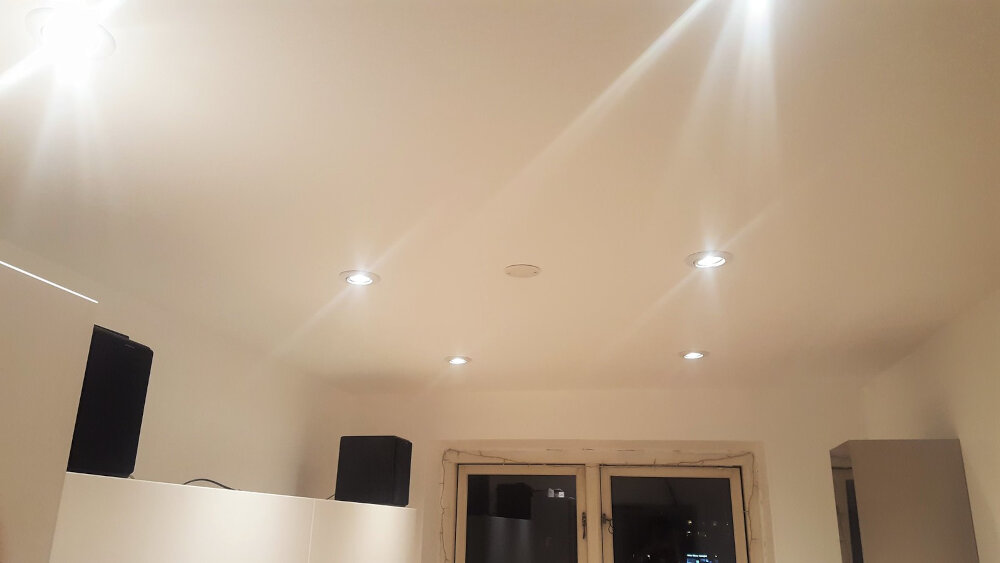
Electrical issues are common problems that can cause LED light bulbs to keep blowing. One possible cause of this problem is voltage fluctuations. If the voltage exceeds the recommended level, the LED bulb may not be able to handle the excess power and can blow out. On the other hand, if the voltage is too low, the LED bulb may not receive the necessary power to function properly, which can also cause it to blow out. Therefore, it is important to ensure that the electrical system is operating within the recommended voltage range to avoid such issues. Another possible cause of LED bulb blowing is the use of incompatible dimmer switches. LED bulbs require specific dimmer switches that are designed to work with their low voltage requirements. Using a dimmer switch that is not compatible with LED bulbs can cause them to flicker, overheat, and eventually blow out. Therefore, it is important to use dimmer switches that are specifically designed for LED bulbs to avoid such issues. In conclusion, electrical issues can cause LED light bulbs to keep blowing, but by ensuring that the electrical system is operating within the recommended voltage range and using compatible dimmer switches, these issues can be avoided.
Electrical issues can wreak havoc on the performance and lifespan of LED light bulbs. One common problem is voltage fluctuation, which can cause the LED to flicker or even fail. Overvoltage, on the other hand, can cause the LED to overheat and burn out prematurely. Another issue is poor wiring, which can result in inadequate power supply to the LED. In addition, improper dimming or incompatible dimmer switches can cause LED bulbs to malfunction. Therefore, it is important to address any electrical issues in your home or workplace to ensure the optimal performance and longevity of your LED light bulbs.
If you are experiencing problems with your LED light bulbs, it may be due to electrical issues. To determine if this is the case, check to see if there are any loose connections or frayed wires. Also, make sure that the wattage of the LED bulb matches the wattage of the fixture it is being used in. If the bulb is flickering or not turning on, it may be due to a faulty switch or circuit breaker. Additionally, if you are experiencing frequent bulb blowouts, it could be a sign of electrical surges or voltage fluctuations. In this case, it may be necessary to install a voltage stabilizer or surge protector to prevent further damage to your LED bulbs.
When it comes to correcting electrical issues with LED light bulbs, there are several potential solutions to consider. First, it’s important to ensure that the bulb is compatible with the fixture and that it’s the right voltage. Additionally, checking for loose connections or faulty wiring can help address any underlying problems. In some cases, the issue may be related to the bulb’s heat dissipation or the quality of the bulb itself. Finally, adjusting the wattage or using a dimmer switch can help regulate the electrical load on the bulb and prevent it from blowing. By carefully troubleshooting and identifying the root cause of the problem, it’s possible to find an effective solution for keeping LED light bulbs functioning properly.
LED light bulbs have become increasingly popular in recent years due to their energy efficiency and long lifespan. However, some people may experience issues with their LED bulbs blowing out frequently. This could be caused by a variety of factors, such as using the wrong wattage bulb in a fixture, poor ventilation around the bulb causing it to overheat, or electrical issues in the wiring of the home. Another common issue is the use of incompatible dimmer switches, which can cause the bulb to flicker or fail prematurely. To avoid these issues, it is important to select the correct bulb for the fixture and ensure proper ventilation. Furthermore, it is recommended to consult with a licensed electrician to ensure the electrical system is functioning properly and to install compatible dimmer switches if needed.
Troubleshooting is an essential process that can save you a lot of money and energy when dealing with LED light bulbs. When these bulbs keep blowing, it is important to identify the root cause of the problem and fix it instead of constantly replacing the bulb. This will not only save you money on constantly buying new bulbs, but it will also save energy and reduce your carbon footprint. Troubleshooting can also help you identify any underlying issues with your electrical system that may be causing the bulbs to malfunction. By addressing these issues, you can prevent future problems and ensure that your LED bulbs last longer, saving you even more money and energy in the long run.
In conclusion, troubleshooting LED light bulbs can be a frustrating process, but with the right approach, it can be solved. It’s important to remember that LED bulbs are sensitive to changes in voltage, temperature, and current, so it’s essential to identify the root cause of the problem before replacing the bulb. Additionally, it’s crucial to ensure that the bulb is compatible with your wiring and switch. You can also check for any loose connections or damaged wiring. If none of these solutions work, it may be time to consult with a professional electrician to diagnose and resolve the issue. There are also many online resources available, such as forums and instructional videos, that can provide additional tips and guidance for troubleshooting LED light bulbs.
Conclusion

In conclusion, troubleshooting LED light bulbs that keep blowing can be a frustrating and confusing task. However, by understanding the common causes, such as overheating or electrical issues, and taking the necessary steps to address them, such as using a heat sink or checking the voltage, we can prevent the premature failure of our LED bulbs. It is also important to ensure that the bulbs we purchase are of high quality and from reputable manufacturers. By taking these measures, we can enjoy the benefits of energy-efficient lighting without the headache of constantly replacing blown out bulbs.


